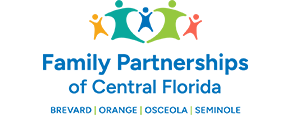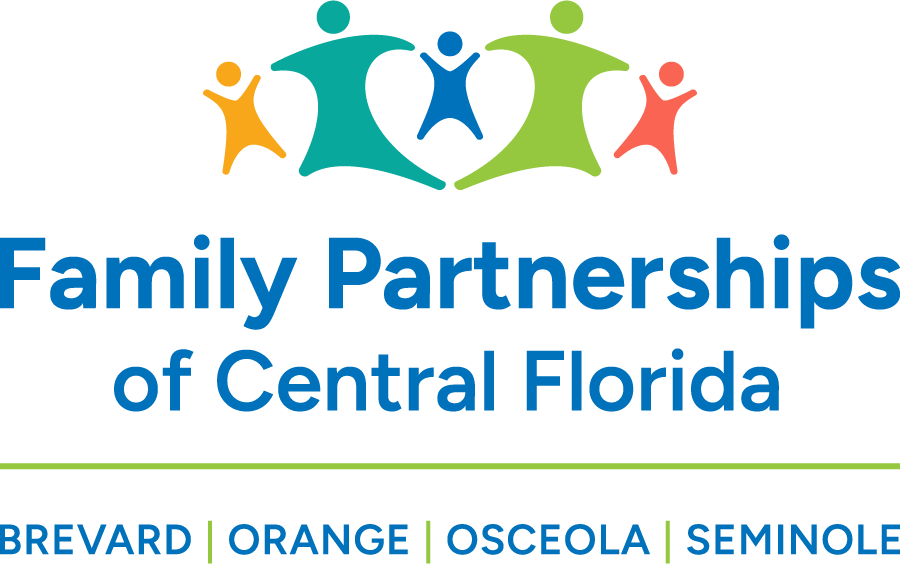The Capital Outlook
Florida Children Receive Hope for a Better, Safer Future
By Secretary George H. Sheldon,
Florida Department of Children and Families
Florida is celebrating Family Reunification Week from May 2 to 8 with events across the state. We are honoring the Moms and Dads who worked successfully to complete a case plan under the watchful eyes of a judge and caseworker. They changed their lives and made their homes safe in order to be reunited with their children. These parents are heroes to their children and examples to each of us.
Parents achieving reunification don’t get there alone. They are counseled and supported by caring people ranging from caseworkers to service providers, from judges to attorneys and foster parents. Essential to parents’ success is immediate access to services such as substance abuse and mental health treatment, economic assistance and training in parenting skills.
With the support of state and federal lawmakers and Governor Charlie Crist, Florida has made tremendous strides in providing children a safe and permanent home. Substantial credit for this success goes to our community-based care partners and each of their dedicated employees. These local agencies are the foundation of Florida’s child welfare system.
The results are best seen in the individual faces of children and their families, but the numbers provide a sweeping overview of this success.
Since the beginning of this Administration three years ago:
- More than 12,000 children have been adopted out of foster care.
- An additional 15,000 children have been placed into permanent guardianships, most often with relatives.
- The number of children in foster care has been safely reduced by nearly 11,000, a 37 percent reduction.
- More than 29,000 children have been reunified with their parents.
- The length of time for children to safely reunify with parents has been reduced.
To achieve these results, Florida changed its approach to helping children and keeping more families together. Nearly four years ago, Florida obtained flexibility in spending federal child welfare dollars under a unique national model allowing money to follow the needs of the child, rather than being limited to children in foster care.
Today the Florida Department of Children and Families, 20 community-based care lead agencies, and other partners work cooperatively to provide individualized services to both children and parents. Caseworkers use family-centered approaches that respect parents’ strengths and potential to overcome challenges to provide safe homes for their children.
Protecting children remains our top priority. When children must be removed from a home because of dangerous circumstances, we don’t hesitate.
Yet I have listened to children who told me how much it hurts to bounce from foster home to foster home and school to school. Most wanted more than anything to go home, if that was safely possible.
Research has shown that the majority of children and youth who grow up in foster care and do not achieve permanency with a family are more likely to experience a life of homelessness, teenage pregnancy, substance abuse, unemployment and incarceration.
Not every child in foster care can safely go home – some will be adopted by loving families and others will be placed under permanent guardianships. This week, though, is about celebrating the parents who demonstrated how much they have done to safely care for and raise the children they love. Along with other Floridians, I say to those parents and their children, “Welcome Home.”









